Introduction
The start of a new year often feels like a blank slate, a chance to reinvent habits, chase dreams, and finally tackle those lingering fitness aspirations. But here’s the hard truth: **80% of New Year’s resolutions fail by February in achieving their fitness goals, and gym memberships collect dust by March. Why? Because vague promises like “get fit” or “lose weight” lack the structure, science, and soul needed to create lasting change.
As 2025 approaches, the fitness landscape is evolving faster than ever. Wearable tech now predicts your recovery needs, AI tailors workouts to your DNA, and mental health is recognized as the cornerstone of physical progress. This isn’t just another year, it’s a revolution. Whether you’re a busy parent juggling Zoom calls and school runs, a retiree aiming to stay active, or a marathon hopeful chasing a PR, the tools to succeed are finally within reach.
But let’s be honest: the sheer volume of fitness advice online is overwhelming. Fad diets, conflicting studies, and “miracle” workouts flood social media, leaving many paralyzed by choice. That’s why this guide exists. We’ve distilled decades of exercise science, nutrition research, and behavioral psychology into one actionable roadmap designed for real life.
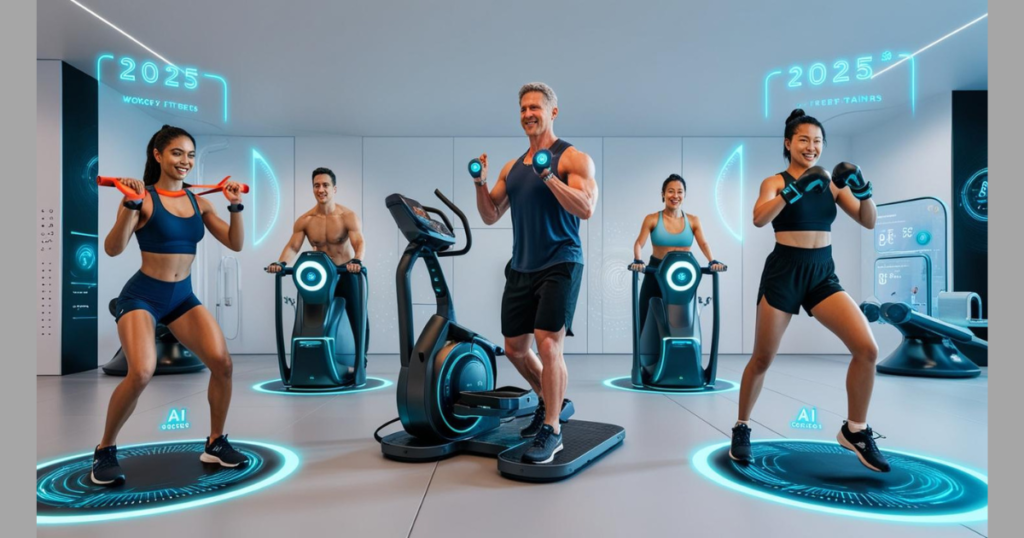
What is Inside
In this guide, you’ll discover:
- How to set goals that stick (hint: ditch the scale obsession and focus on behavioral wins).
- The 2025 workout strategies used by elite athletes—adapted for home gyms, parks, or crowded fitness studios.
- Nutrition hacks that go beyond calorie counting, including gut-health optimization and circadian rhythm eating.
- Recovery secrets to prevent burnout (yes, naps count as progress).
- Cutting-edge tech like AI trainers and VR fitness—no sci-fi budget required.
This isn’t about quick fixes or punishing routines. It’s about building habits that outlast January’s enthusiasm and become lifelong pillars of health. Imagine looking back in December 2025 and realizing you not only hit your goals, you redefined them. Whether you’re lifting heavier, running faster, or simply moving without pain, your future self is already cheering you on.
Let’s ditch the guesswork and excuses. Your 2025 fitness revolution starts now.
Why 2025 is Your Year for Fitness?
2025 isn’t just another year, it’s a chance to leverage advancements in fitness tech, nutrition science, and holistic wellness. With wearable devices becoming more innovative and personalized training programs more accessible, achieving your goals is easier than ever. Plus, post-pandemic shifts toward mental and physical health make this the perfect time to prioritize your well-being.
Step 1: Set SMART Fitness Goals (Expanded & Detailed Guide)
Setting clear, structured goals is the foundation of any successful fitness journey. Without a roadmap, it’s easy to lose motivation or get stuck in a cycle of inconsistency. That’s where SMART goals come in, a proven framework to ensure your objectives are Specific, Measurable, Achievable, Relevant, and Time-Bound.
Let’s examine each component in detail and provide actionable strategies to help you craft the perfect fitness plan for 2025.
1. Specific: Define Exactly What You Want to Achieve
Vague goals like “get in shape” or “lose weight” lack direction. Instead, drill down into the specifics:
- What exactly do you want to accomplish? (e.g., fat loss, muscle gain, endurance improvement)
- Why is this important to you? (e.g., improve health, boost confidence, prepare for an event)
- How will you achieve it? (e.g., strength training, running, meal planning)
Examples of Specific Goals:
Lose 10 pounds of body fat in 3 months by strength training 4x/week and tracking macros.
Run a sub-25-minute 5K by June 2025 using a structured running plan.
Increase my deadlift max from 225 lbs to 275 lbs in 6 months with progressive overload.
Action Step: Write down your goal in one sentence, including the what, why, and how.
Step 2: Design Your 2025 Workout Plan (Expanded & Detailed Guide)
A well-structured workout plan is the engine that drives your fitness success. Without a clear strategy, you risk inconsistency, plateaus, or even injury. In this section, we’ll break down how to create a customized, balanced, and progressive workout plan tailored to your 2025 goals.

A. Choose the Right Exercise Mix for Your Fitness Goals
Your fitness routine should include a combination of:
1. Strength Training (Resistance Work)
Why? It builds muscle, boosts metabolism, strengthens bones, and improves functional fitness.
- Best For: Fat loss, muscle gain, injury prevention.
Options:
- Free weights (dumbbells, barbells)
- Machines (leg press, cable machines)
- Bodyweight exercises (push-ups, pull-ups)
- Resistance bands (portable and versatile)
2. Cardiovascular Exercise
Why? Improves heart health, burns calories, and increases endurance.
- Best For: Fat loss, stamina, heart health.
Options:
- HIIT (High-Intensity Interval Training): Burns fat fast (e.g., 30-sec sprint, 30-sec walk).
- LISS (Low-Intensity Steady State): Long walks, cycling (great for recovery days).
- Sport-Specific Cardio: Swimming, boxing, rowing.
3. Flexibility & Mobility Work
Why? It prevents injuries, improves posture, and enhances performance.
- Best For: Everyone, especially desk workers and aging adults.
Options:
- Yoga (improves flexibility and mindfulness).
- Dynamic Stretching (pre-workout warm-ups).
- Foam Rolling (releases muscle tightness).
4. Recovery & Active Rest
Why? Because it allows muscles to repair and prevents burnout.
- Best For: Long-term sustainability.
Options:
- Light walking
- Swimming
- Mobility drills
B. Weekly Workout Schedule Template (Customizable for 2025)
Here’s a sample 5-day split (adjust based on your availability):
| Day | Workout Focus | Example Exercises |
| Monday | Upper Body Strength | Bench press, rows, shoulder press |
| Tuesday | HIIT Cardio | Sprint intervals, burpees, jump rope |
| Wednesday | Yoga/Mobility | Sun salutations, hip openers |
| Thursday | Lower Body Strength | Squats, deadlifts, lunges |
| Friday | Steady-State Cardio | 45-min brisk walk or cycling |
| Saturday | Active Recovery | Light swimming, stretching |
| Sunday | Full Rest | No structured exercise |
Customization Tips:
- For Muscle Gain? Increase strength training to 4-5x/week, focusing on progressive overload.
- For Fat Loss? Add 1-2 extra cardio sessions (e.g., stair climber, rowing machine).
- For Busy Schedules? Try full-body workouts 3x/week (efficiency without sacrificing results).
C. Progressive Overload: The Key to Continuous Gains
To keep improving, you must **gradually increase** the challenge of your workouts.
How to Apply Progressive Overload:
- Increase Weight: Add 5-10 lbs to lifts when reps feel easy.
- Increase Reps/Sets: Move from 3×8 to 3×10, then 4×8.
- Reduce Rest Time: Shorten breaks between sets (e.g., 60 sec → 45 sec).
- Improve Form: Focus on slow, controlled movements for muscle engagement.
Example Progression (Squats):
- First: Week 1: 3 sets x 8 reps @ 135 lbs
- Second: Week 3: 3 sets x 10 reps @ 135 lbs
- Third: Week 5: 4 sets x 8 reps @ 145 lbs
D. How to Avoid Plateaus in 2025
Plateaus happen when your body adapts. Here’s how to break through:
1. Change Exercises Every 6-8 Weeks (e.g., swap barbell bench press for dumbbells).
2. Try New Modalities (e.g., kettlebell swings if you’ve only used machines).
3. Incorporate Drop Sets or Supersets (intensify workouts without adding time).
E. Workout Tracking & Accountability
- Apps to Use:
- Strong (logs strength workouts).
- Nike Training Club (guided workouts).
- Fitbod (AI-generated plans).
- Old-School Method: Keep a fitness journal (pen & paper tracking).
Action Step: Plan your first 4 weeks NOW, write it down or input it into an app.
Step 3: Fuel for Success – 2025 Nutrition Strategies (Expanded & Detailed Guide)
Nutrition is 80% of the battle, no workout can out-train a bad diet. Here’s how to optimize your eating for 2025.
A. Macronutrient Breakdown for Different Goals
Goal | Protein | Carbs | Fats |
Fat Loss | 1.2-1.6g/lb BW | 0.5-1g/lb BW | 0.3-0.5g/lb BW |
Muscle Gain | 0.8-1.2g/lb BW | 1-2g/lb BW | 0.3-0.5g/lb BW |
Endurance | 0.6-0.8g/lb BW | 2-3g/lb BW | 0.3-0.5g/lb BW |
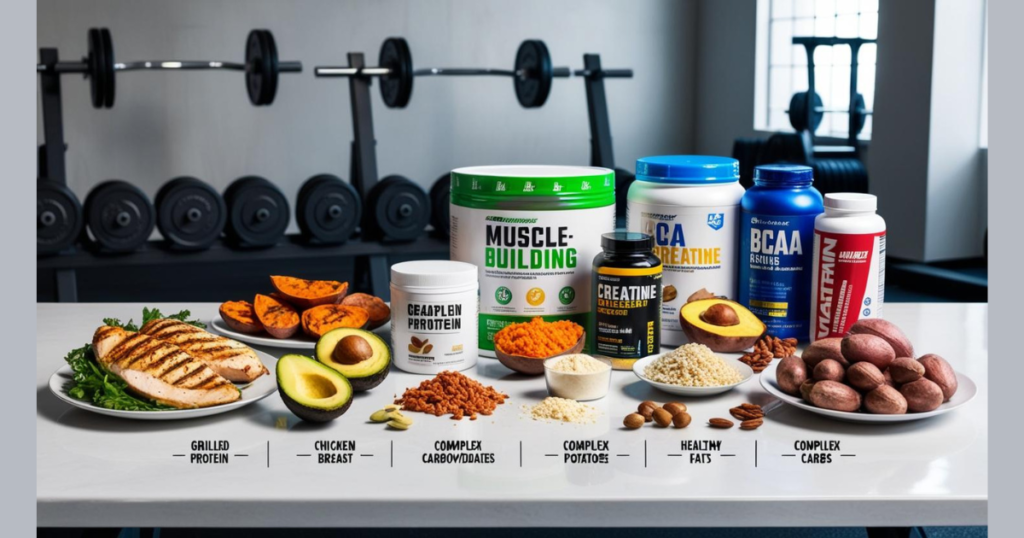
Example (180-lb person, fat loss):
- Protein: 180-288g
- Carbs: 90-180g
- Fats: 54-90g
B. Best Foods for 2025
- Proteins: Chicken breast, salmon, Greek yogurt, tofu.
- Carbs: Sweet potatoes, quinoa, berries, oats.
- Fats: Avocados, almonds, olive oil, chia seeds.
C. Meal Timing Strategies
- Pre-Workout (1-2 hrs before): Carbs + protein (e.g., banana + whey shake).
- Post-Workout (within 45 mins): Fast-digesting protein + carbs (e.g., chicken + rice).
- Intermittent Fasting? Works for some, but not necessary—prioritize total daily intake.
D. Hydration & Supplements
- Water: 0.5-1 oz per pound of bodyweight (e.g., 90 oz for 180-lb person).
Key Supplements:
- Whey protein (if struggling to hit protein goals).
- Creatine (5g/day for strength gains).
- Omega-3s (reduce inflammation).
Action Step: Calculate your macros using an online calculator and plan 3 meals tomorrow.
Step 4: Recovery & Rest – The Missing Link (Expanded & Detailed Guide)
A. Sleep Optimization
- Ideal Duration: 7-9 hours/night.
- Tips for Better Sleep:
- No screens 1 hour before bed.
- Keep room cool (65°F).
- Try magnesium glycinate supplements.
B. Active Recovery Techniques
- Foam Rolling: 10 mins daily (focus on tight areas).
- Cold Therapy: Ice baths or cold showers (reduce soreness).
- Massage Guns: Break up muscle knots.
C. Stress Management
- Meditation: 10 mins/day (use Headspace or Calm).
- Nature Walks: Lowers cortisol (stress hormone).
Action Step: Schedule 1 recovery session this week (e.g., yoga, foam rolling).
Step 5: Track Progress Like a Pro (Expanded & Detailed Guide)
A. Body Measurements
- Weekly: Weight, waist circumference.
- Monthly: Progress photos, body fat % (if possible).
B. Performance Metrics
- Strength: Track max lifts (e.g., squat, bench).
- Endurance: Note running/cycling times.
C. Apps & Wearables
- Whoop: Tracks recovery, sleep, and strain.
- MyFitnessPal: Logs food intake.
Action Step: Take “Before” photos today, you’ll thank yourself later.
Step 6: Stay Motivated in 2025 (Expanded & Detailed Guide)
A. Find Your “Why”
- Health? I want to live long enough to meet my grandkids.
- Confidence? I want to feel proud when I look in the mirror.
B. Community & Accountability
- Join a Challenge: (e.g., 75 Hard, Strava clubs).
- Get a Workout Buddy: 95% stick to plans with a partner.
C. Reward Milestones
- Non-Food Rewards: New gym shoes, massage, weekend getaway.
Action Step: Text a friend right now to be your accountability partner.
Final Thoughts
By now, you have a complete, step-by-step blueprint for dominating your 2025 fitness goals. The key? Start today
What’s your first action step? Comment below!
Download our FREE 2025 Fitness Planner (Workout + Nutrition Templates)!
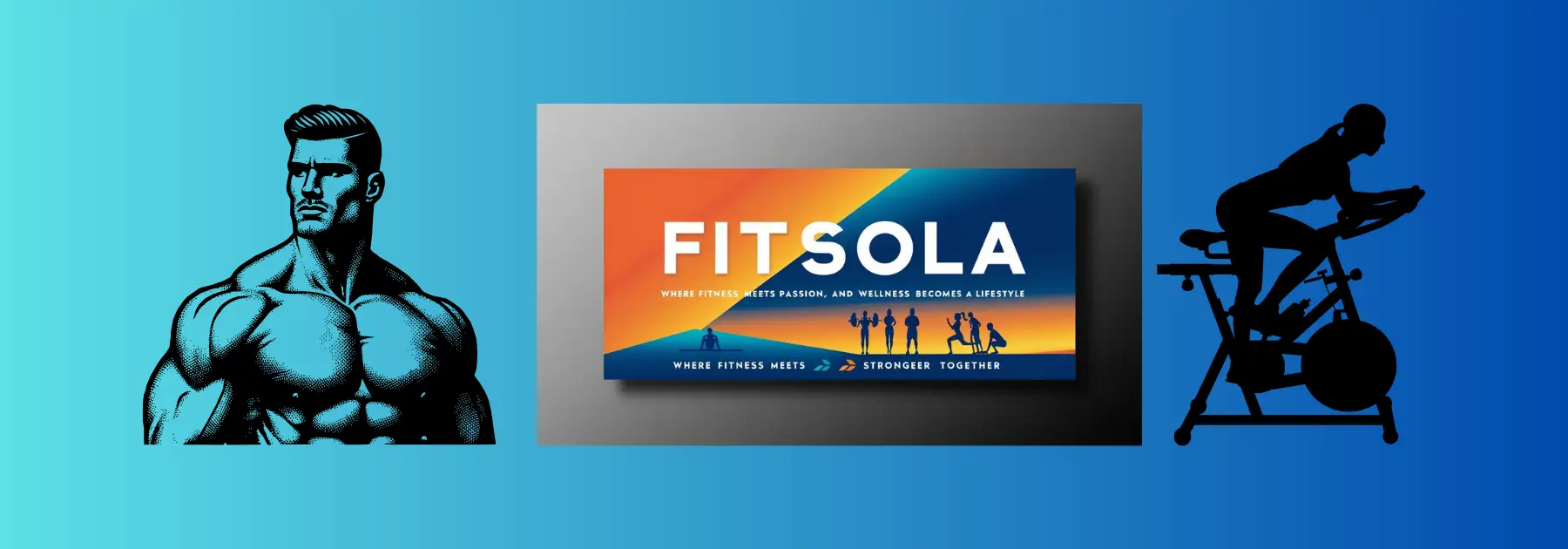
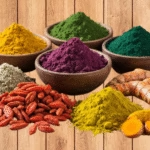
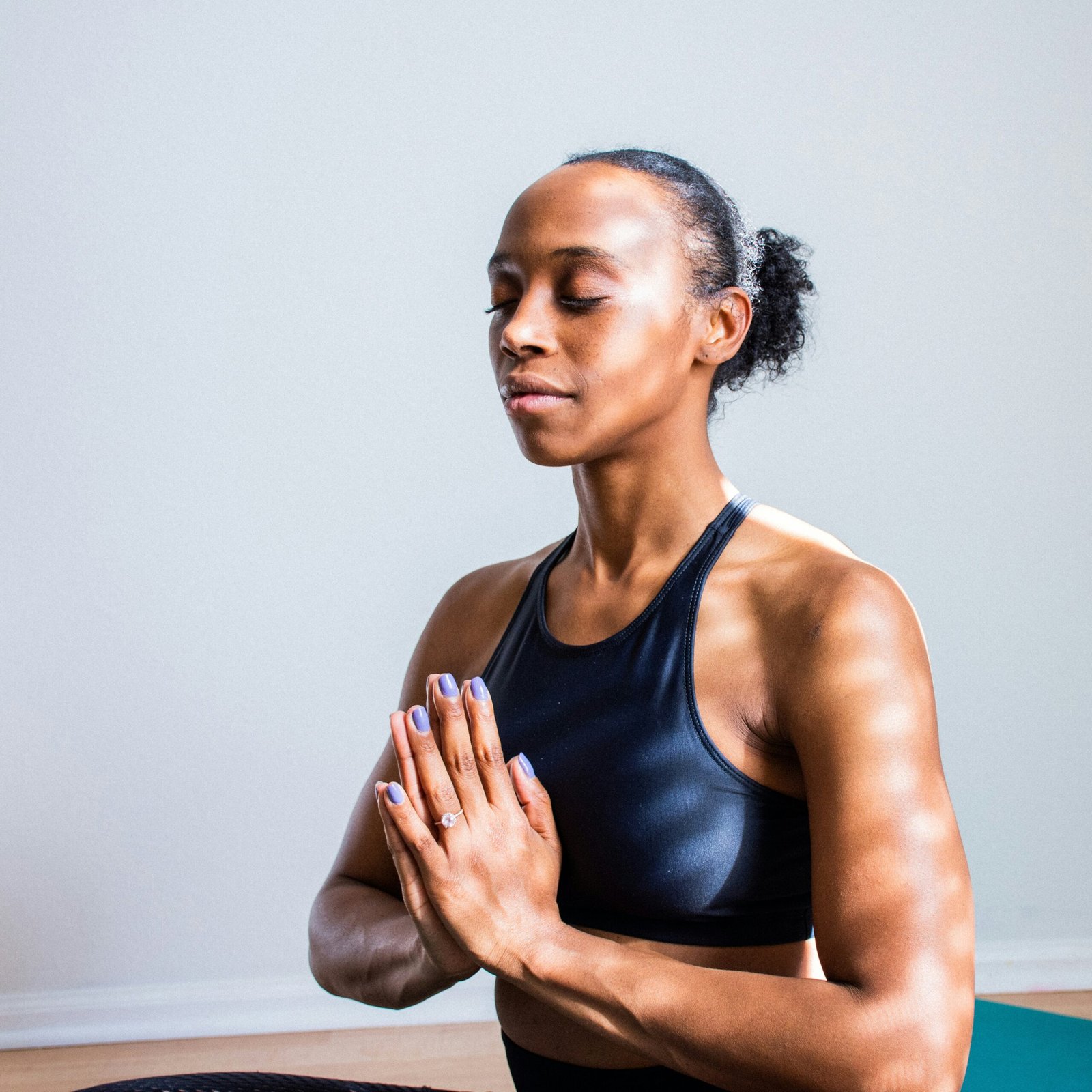
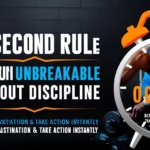
[…] III. Key Benefits of Using Fitness Tech […]
[…] Making Home Walking Fun (Yes, Really!) […]